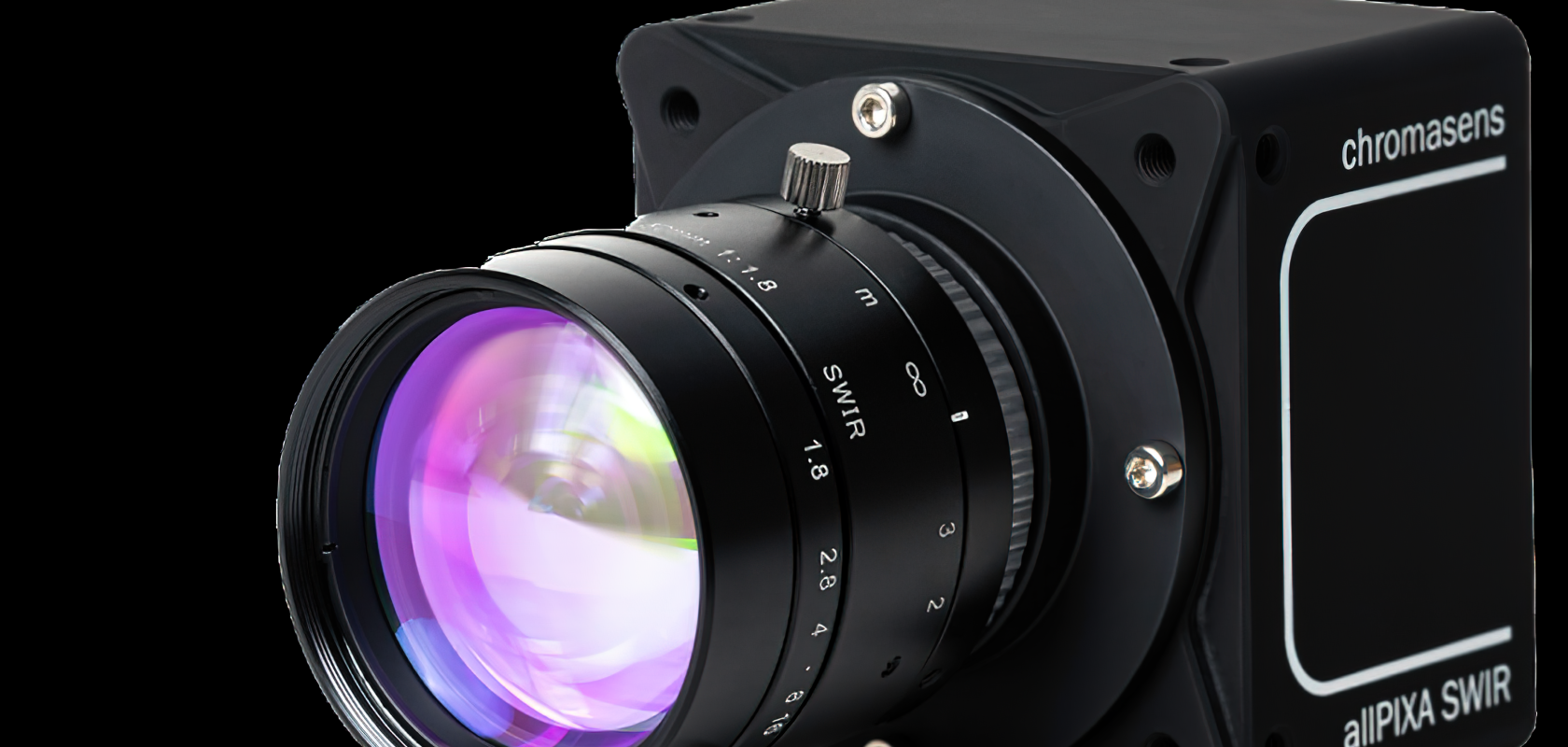Efficient recovery of recyclable plastics from waste streams is an ongoing challenge for recycling facilities. An imaging solution from Chromasens consisting of its new allPIXA SWIR (short-wave infrared) line scan camera and its Corona II LED Illumination system offers real-time, non-destructive inspection and sorting of mixed plastics with a fast line rate, making it possible to improve the productivity of the recycling process drastically.
Plastics may look identical to the human eye yet differ significantly in the SWIR spectrum, as various types of plastics absorb and reflect radiation in different ways.
These different types of plastics can be distinguished from each other by the allPIXA SWIR camera, therefore facilitating accurate separation on a conveyor belt by an array of air jets. To reach a finer screening, this step can be repeated several times, achieving an outcome of high purity of the sorted plastics. Detected foreign particles mixed with the plastic are discharged with minimal material loss before the sorted fractions are transported to the next processing stage.
While the various plastic types all have unique spectral properties in the SWIR range, due to their similar chemical structures these spectral differences are minimal. To achieve a good separation, the brightest, most homogeneous LED linescan lighting is required when deploying SWIR cameras, especially at high conveyor belt speeds used at recycling plants.
Chromasens Corona II LED illumination offers a wide range of solutions for line scanning, including dark field LED illumination modules for ultra-fast SWIR inspection and sorting processes. For materials that differ in spectral range within the working range of a SWIR camera, narrowband LED light sources provide more homogeneous light distribution and better differentiation characteristics than broadband halogen light sources.


